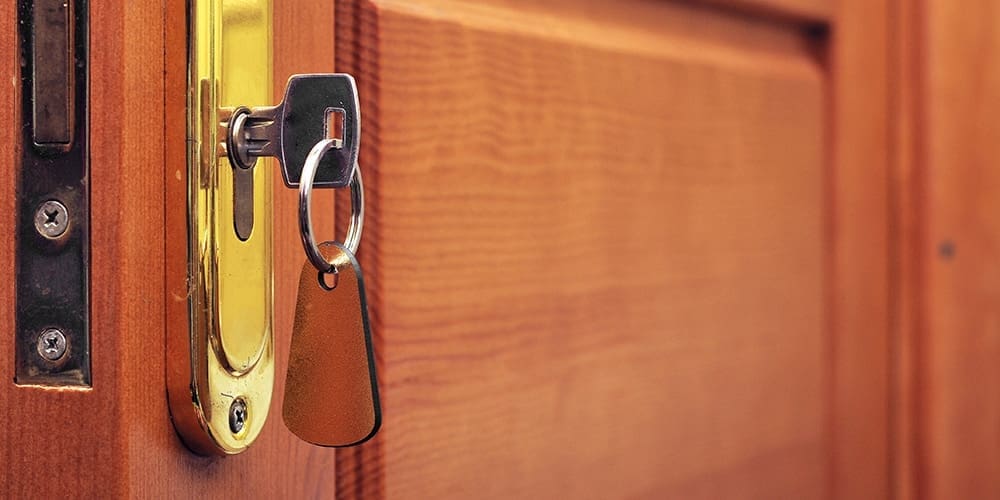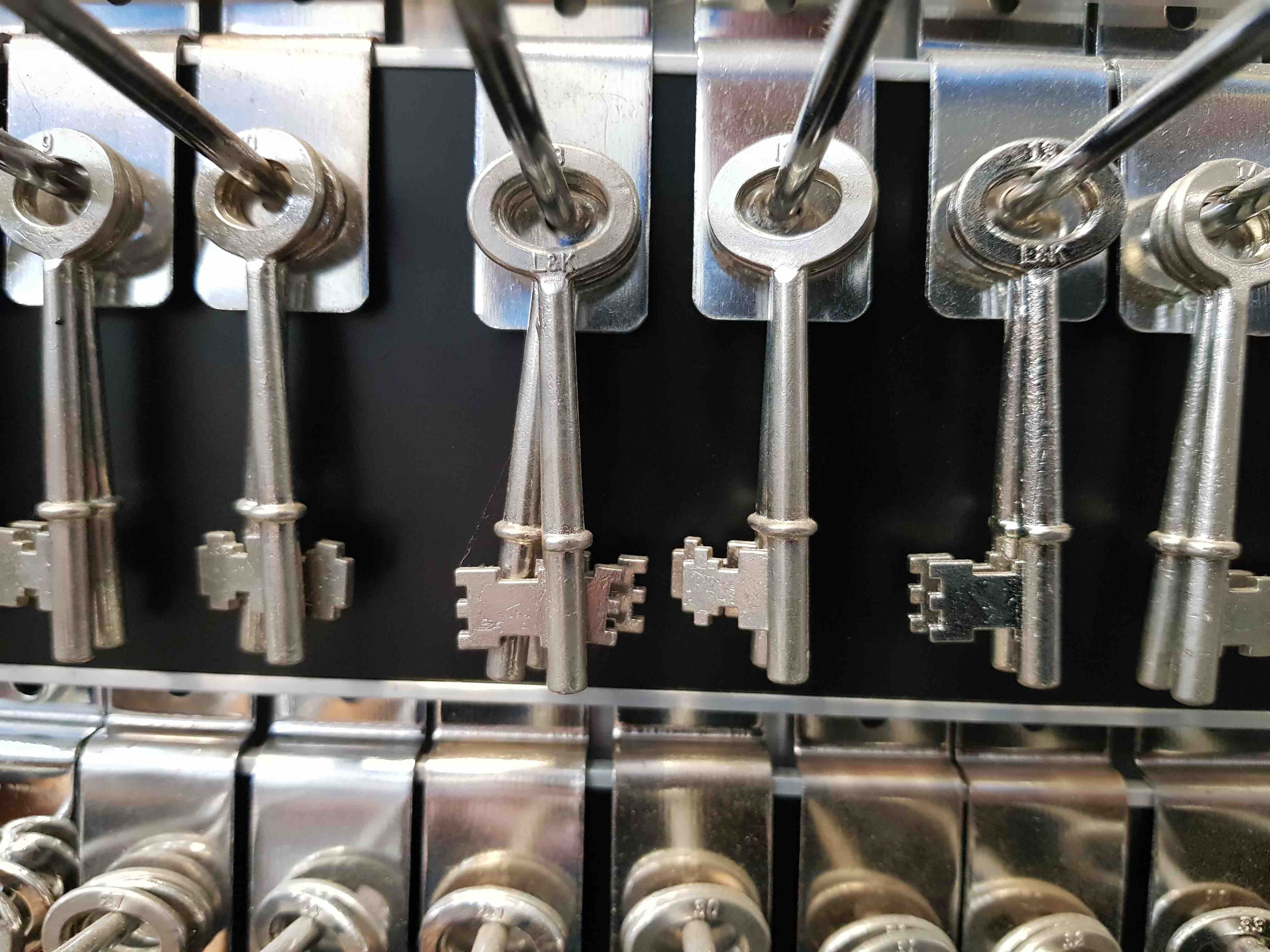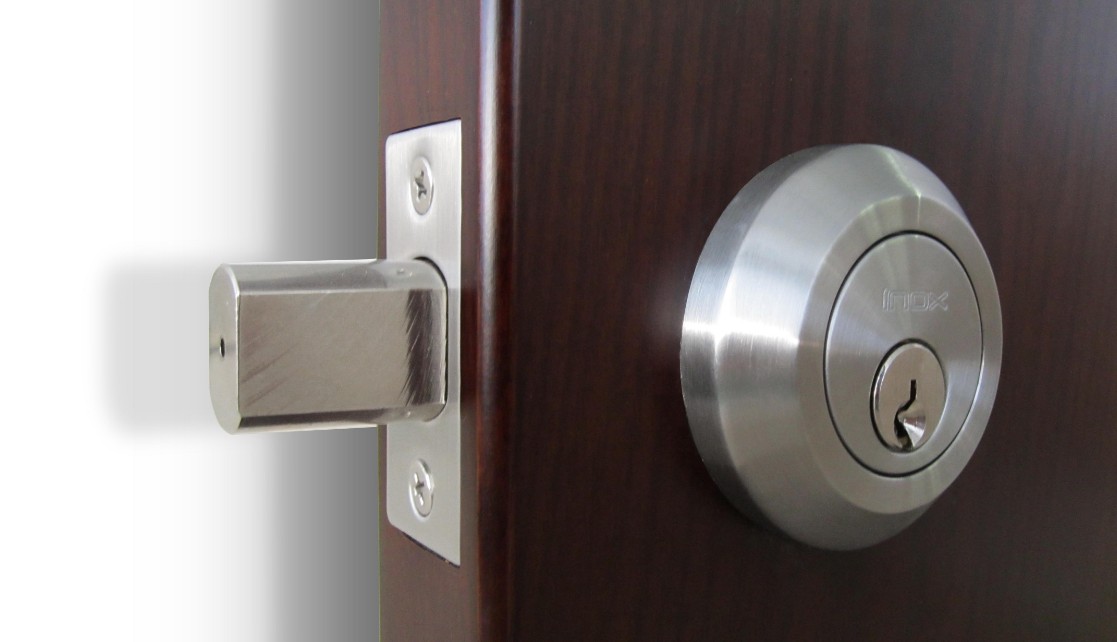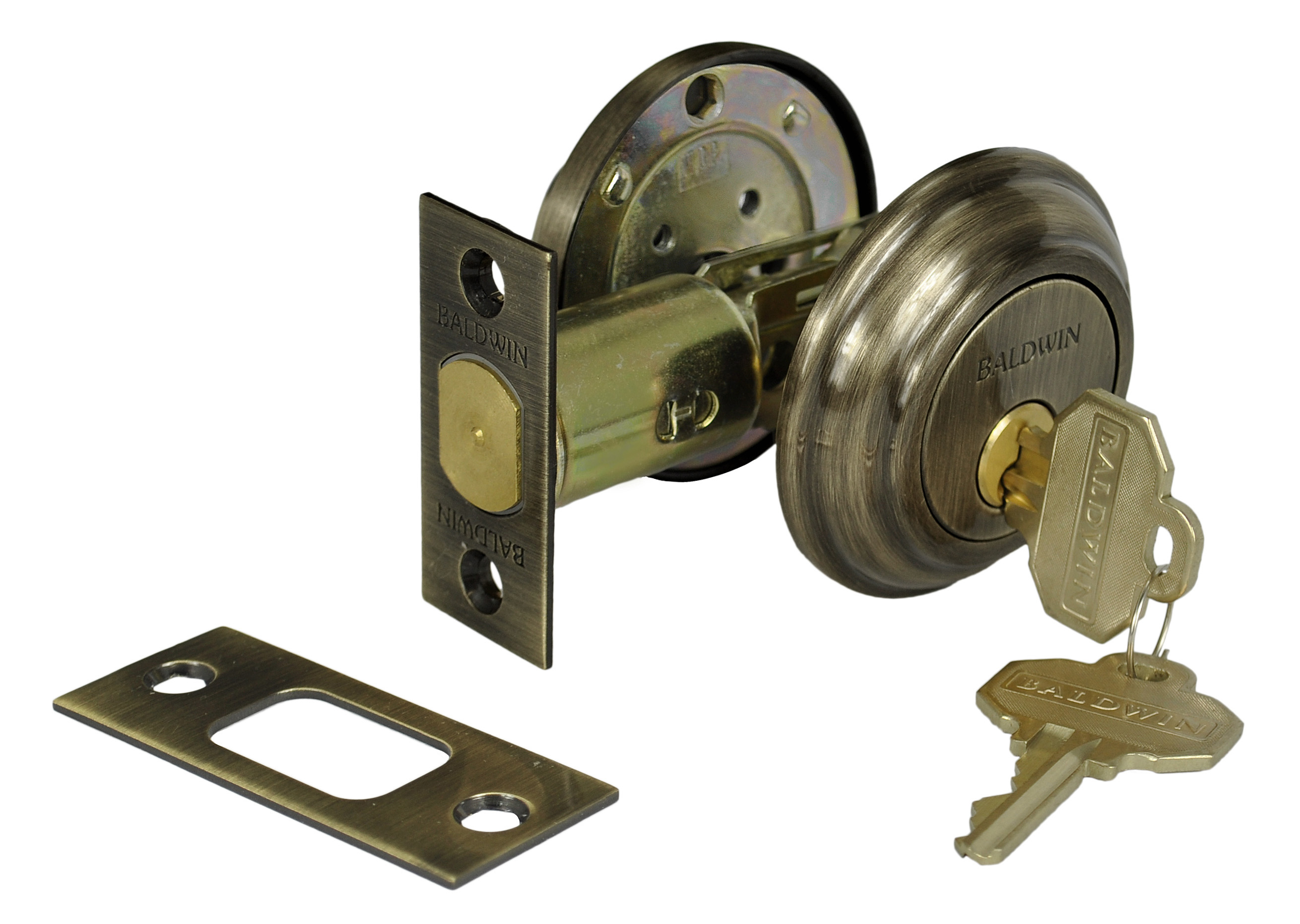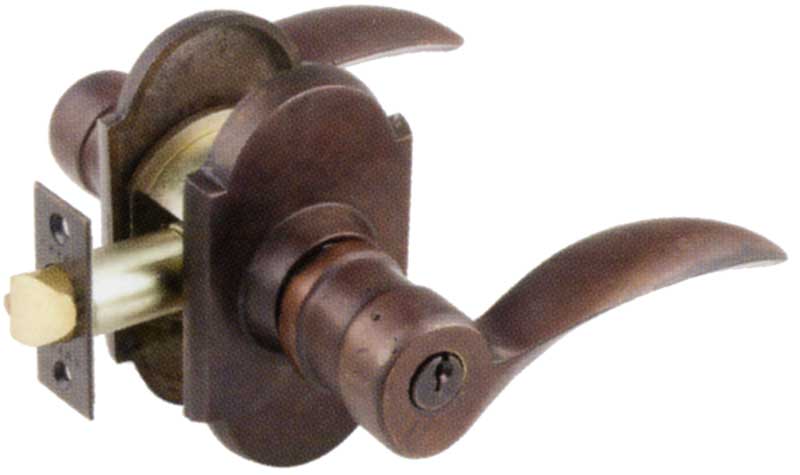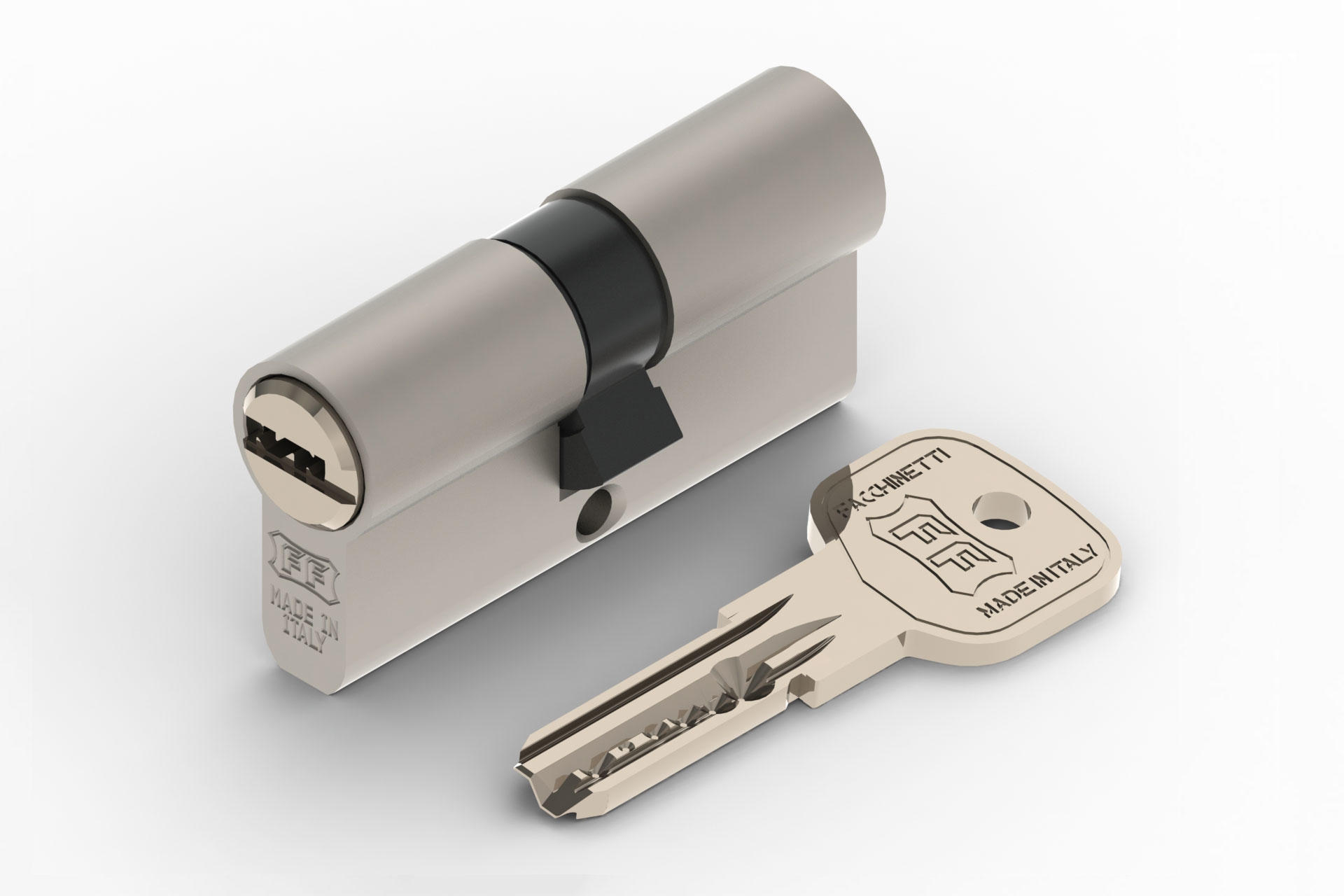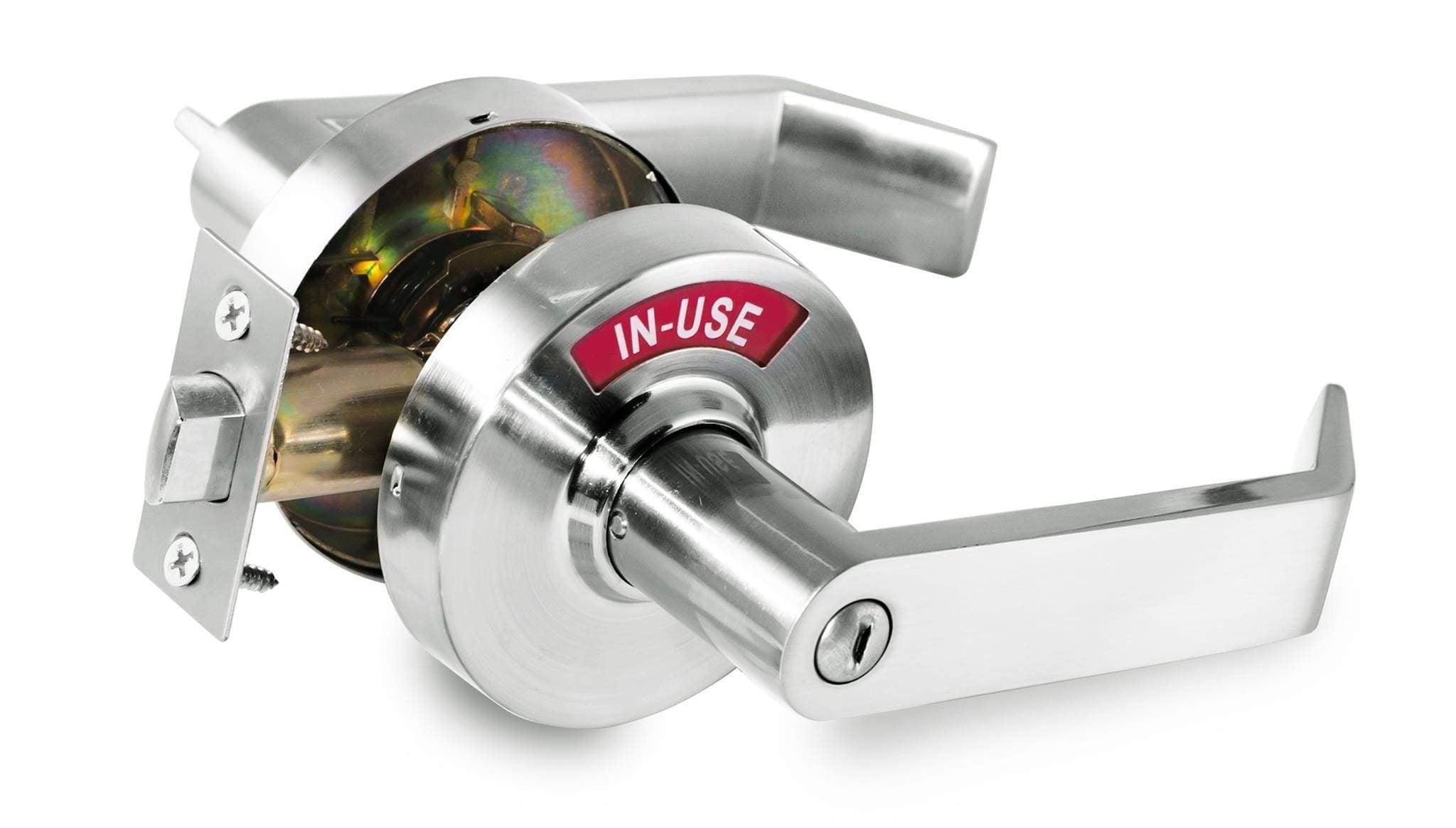The mortise lock is a classic and traditional locking mechanism that has been used for centuries. It is designed to be inserted into a pocket or "mortise" in the edge of a door, making it a secure and durable option for interior doors. Mortise locks are known for their strength and reliability, making them a popular choice for front doors, but they can also be used on interior doors for added security.Mortise Lock
The deadbolt lock is a staple in most homes and is often used in conjunction with other locking mechanisms. It is a key-operated lock that is installed on the interior side of the door, providing an extra layer of security. Deadbolts come in various designs, including single and double cylinder options, and are known for their strong resistance to forced entry.Deadbolt Lock
Knob locks are the most commonly used locking mechanism for interior doors. They are typically found on bedroom and bathroom doors and are easy to operate with a simple twist of the knob. However, knob locks are not the most secure option as they are vulnerable to being picked or forced open. They are best used in conjunction with other locking mechanisms for added security.Knob Lock
Lever handle locks are similar to knob locks in that they are easy to operate with a simple push or pull of the lever. They are often used on interior doors and are a popular choice for people with disabilities or those who have difficulty operating traditional locking mechanisms. Lever handle locks are also available with key-operated options for added security.Lever Handle Lock
The cylinder lock is a versatile locking mechanism that can be used on both interior and exterior doors. It is a key-operated lock that uses a cylinder to secure the door. Cylinder locks come in various types, including pin tumbler, wafer tumbler, and disc tumbler, and are known for their durability and resistance to tampering.Cylinder Lock
Electronic locks are becoming increasingly popular in modern homes. They use an electronic keypad or key card to unlock the door, making them a convenient and secure option. Electronic locks can also be connected to home automation systems, allowing for remote access and monitoring of the lock.Electronic Lock
Combination locks are a simple and easy-to-use option for interior doors. They use a series of numbers or symbols that must be entered in the correct order to unlock the door. Combination locks are often used on safes, but can also be installed on interior doors for added security.Combination Lock
Keyless entry locks are similar to electronic locks in that they use a keypad or key card to unlock the door, but they also have the added convenience of a fingerprint scanner or Bluetooth connectivity. These locks are ideal for those who frequently lose their keys or want to avoid carrying keys altogether.Keyless Entry Lock
Privacy locks are commonly used on bedroom and bathroom doors. They have a push-button or turn-button on the interior side of the door and can be locked from the inside for privacy. Privacy locks do not require a key, making them easy to use, but they can also be unlocked from the outside with a small tool in case of emergency.Privacy Lock
Passage locks are the most basic type of lock and are often used on interior doors that do not require any form of security. They have a simple knob or lever on both sides of the door and can be easily operated from either side. Passage locks are commonly used on closet and pantry doors.Passage Lock
The Importance of a Secure Locking Mechanism for Interior Doors

Ensuring Safety and Privacy in Your Home
 When it comes to designing the interior of your home, one important aspect that often gets overlooked is the locking mechanism of your doors. While it may seem like a minor detail, having a secure locking mechanism for your interior doors is crucial for both safety and privacy in your home.
Security
should be a top priority when it comes to your home, and this includes the locking mechanisms on your interior doors. In case of emergencies, having a reliable locking mechanism can provide an added layer of protection for you and your family. It can also serve as a deterrent for potential intruders, making it more difficult for them to gain access to certain areas of your home.
Not only does a secure locking mechanism provide
protection
from outside threats, but it also helps keep your belongings safe. If you have valuable items in your home, such as jewelry or important documents, having a reliable lock on your interior doors can help prevent theft.
In addition to security, a secure locking mechanism also plays a crucial role in
privacy
. Whether you have roommates, children, or guests in your home, there are times when you may want to have some privacy. Having a lock on your bedroom or bathroom door can give you the peace of mind and privacy that you need.
Furthermore, a locking mechanism can also serve as a
noise barrier
. If you have a home office or a study, having a lock on the door can help block out any distractions or noise from the rest of the house, allowing you to focus on your work or studies.
When it comes to choosing a locking mechanism for your interior doors, there are various options available. From traditional doorknobs with key locks to modern keypad and electronic locks, you can find one that suits your needs and preferences. However, it is important to
invest
in a high-quality locking mechanism to ensure its reliability and durability.
In conclusion, the locking mechanism on your interior doors may seem like a small detail, but it plays a crucial role in ensuring the safety and privacy of your home. Whether it's for security purposes or to create a noise barrier, a secure locking mechanism is an essential component of any well-designed house. So, when planning your home's interior design, don't forget to pay attention to the locking mechanism of your doors.
When it comes to designing the interior of your home, one important aspect that often gets overlooked is the locking mechanism of your doors. While it may seem like a minor detail, having a secure locking mechanism for your interior doors is crucial for both safety and privacy in your home.
Security
should be a top priority when it comes to your home, and this includes the locking mechanisms on your interior doors. In case of emergencies, having a reliable locking mechanism can provide an added layer of protection for you and your family. It can also serve as a deterrent for potential intruders, making it more difficult for them to gain access to certain areas of your home.
Not only does a secure locking mechanism provide
protection
from outside threats, but it also helps keep your belongings safe. If you have valuable items in your home, such as jewelry or important documents, having a reliable lock on your interior doors can help prevent theft.
In addition to security, a secure locking mechanism also plays a crucial role in
privacy
. Whether you have roommates, children, or guests in your home, there are times when you may want to have some privacy. Having a lock on your bedroom or bathroom door can give you the peace of mind and privacy that you need.
Furthermore, a locking mechanism can also serve as a
noise barrier
. If you have a home office or a study, having a lock on the door can help block out any distractions or noise from the rest of the house, allowing you to focus on your work or studies.
When it comes to choosing a locking mechanism for your interior doors, there are various options available. From traditional doorknobs with key locks to modern keypad and electronic locks, you can find one that suits your needs and preferences. However, it is important to
invest
in a high-quality locking mechanism to ensure its reliability and durability.
In conclusion, the locking mechanism on your interior doors may seem like a small detail, but it plays a crucial role in ensuring the safety and privacy of your home. Whether it's for security purposes or to create a noise barrier, a secure locking mechanism is an essential component of any well-designed house. So, when planning your home's interior design, don't forget to pay attention to the locking mechanism of your doors.





